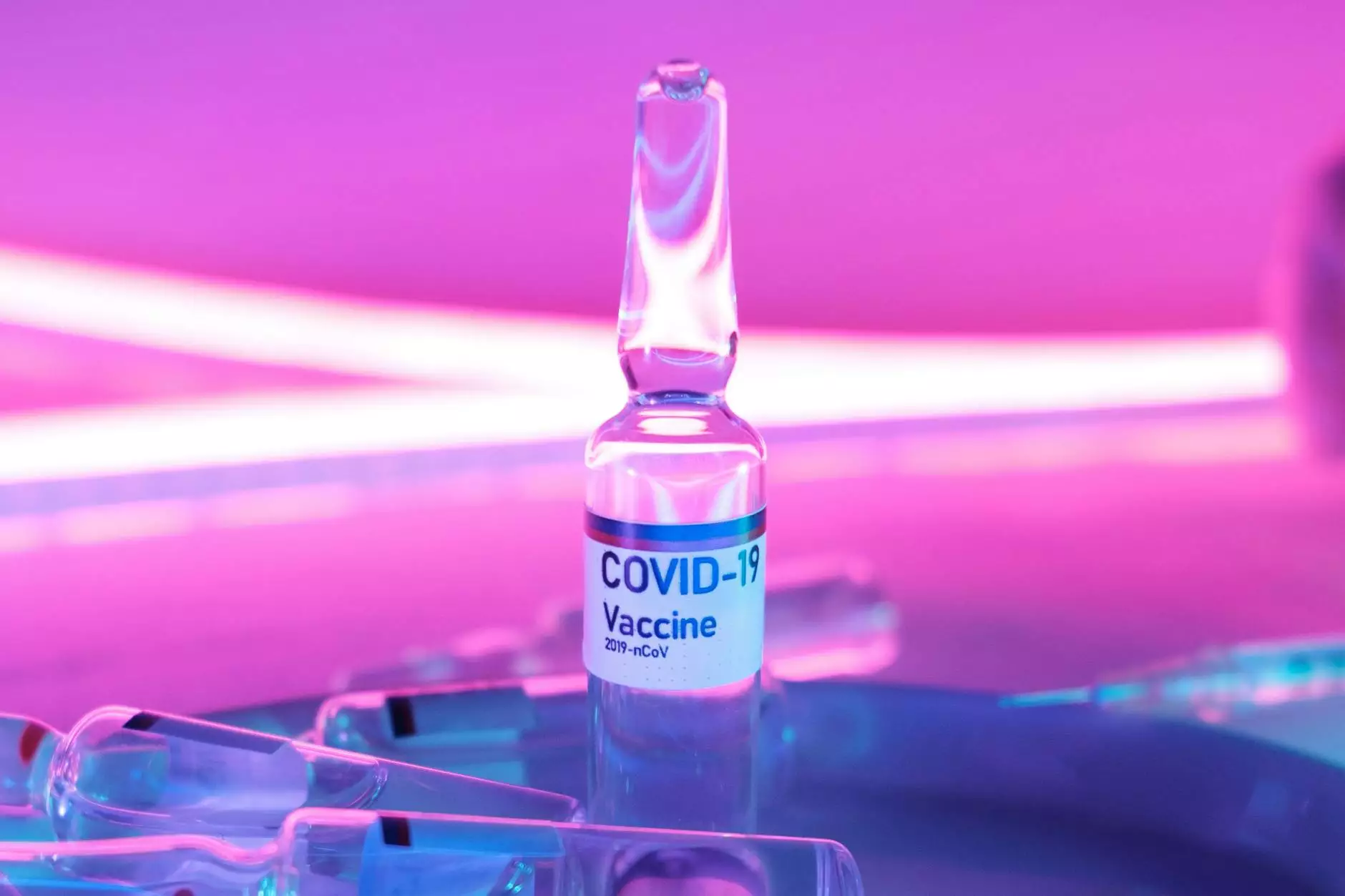Post-Anesthesia Discharge Instructions for Phenol Injections

Welcome to Foley James D MD's comprehensive post-anesthesia discharge instructions for phenol injections. In this guide, we will provide you with detailed information and helpful tips to ensure a smooth recovery and optimal health after your medical procedure.
Understanding Phenol Injections
Phenol injections are commonly used in medical procedures to treat various conditions and provide pain relief. This minimally invasive procedure involves the injection of phenol, a chemical compound with numbing properties, into specific areas of the body. Phenol injections can be used for a range of health issues, including chronic pain, nerve-related conditions, and certain dermatological conditions.
Preparing for Your Procedure
Prior to your phenol injection, it's essential to follow any instructions provided by your healthcare provider. These instructions may include certain dietary restrictions, fasting requirements, or specific medications to avoid. It's crucial to communicate any allergies, medical conditions, or medications you are currently taking.
Make sure to arrange transportation for your procedure, as the effects of anesthesia may not wear off immediately. Having someone accompany you home will ensure your safety and well-being.
Immediate Post-Anesthesia Care
Following your phenol injection, you will be closely monitored by medical professionals during the immediate recovery period. This is to ensure your vital signs stabilize and there are no immediate complications. Once you are stable, you will be discharged with specific instructions for your post-anesthesia care. It's essential to adhere to these instructions for a smooth recovery.
What to Expect After Your Procedure
Common side effects experienced after phenol injections include temporary numbness, localized pain or discomfort, and swelling at the injection site. These side effects should subside within a few days. It's important to avoid excessive movement or strenuous activities during the initial recovery stage.
Your healthcare provider may prescribe pain medication or recommend over-the-counter options to manage any discomfort. Follow their instructions regarding medication usage and dosage carefully.
Post-Procedure Care Guidelines
Here are some general guidelines to follow during your recovery after phenol injections:
- Rest and allow your body to recover properly.
- Avoid excessive physical activity or heavy lifting for the suggested time period.
- Keep the injection site clean and dry.
- Avoid submerging in pools, hot tubs, or bathwater until cleared by your healthcare provider.
- Follow a balanced diet and stay hydrated to support healing.
Recognizing Complications
While complications are rare, it's essential to be aware of certain symptoms that may indicate a problem. Contact your healthcare provider immediately if you experience any of the following:
- Severe or worsening pain at the injection site.
- Significant swelling or redness that persists or worsens.
- Prolonged numbness or sensory loss.
- Fever or signs of infection, such as increased warmth, pus, or discharge.
Follow-Up Appointments
After your phenol injection, your healthcare provider will schedule follow-up appointments to monitor your progress and assess the effectiveness of the treatment. These appointments are crucial for ensuring your continued well-being and addressing any concerns or questions you may have.
Importance of Reporting Changes
Throughout your recovery period, it's important to report any significant changes in your symptoms to your healthcare provider. This includes both improvements and setbacks. By keeping an open line of communication, your healthcare provider can make informed decisions regarding your treatment plan and adjust it if necessary.
Conclusion
We hope that our comprehensive post-anesthesia discharge instructions for phenol injections have provided you with valuable information and insights into your recovery journey. Following these guidelines will support a smooth recovery and help you achieve the best possible health outcomes. Remember, always consult with your healthcare provider for personalized advice and guidance tailored to your unique needs.










